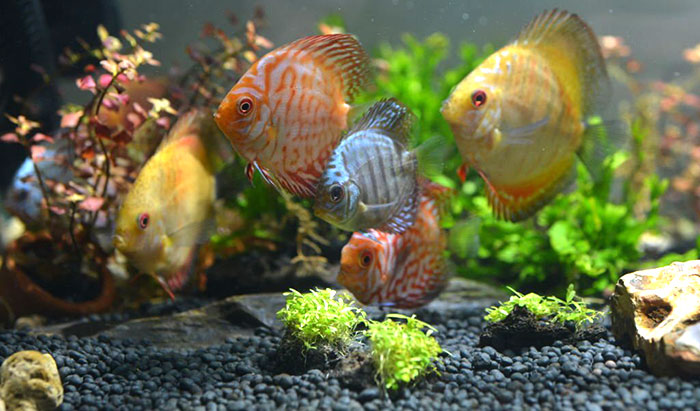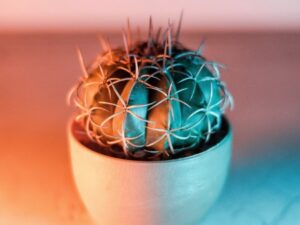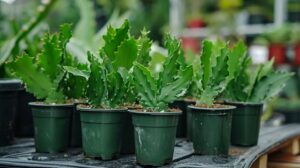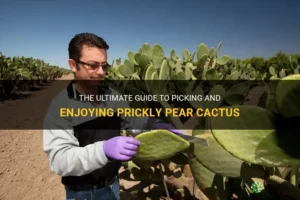Creating a vibrant and healthy ecosystem in your aquarium often requires a careful selection of substrates. One popular method among aquarists is mixing sand and gravel. This technique not only enhances the aesthetic appeal of your tank but also promotes a thriving environment for fish and plant life. This guide will delve into the benefits, considerations, and techniques for effectively mixing sand and gravel.
The primary appeal of mixing sand and gravel lies in the unique characteristics that each substrate brings to the aquatic environment.
Sand, typically consisting of fine particles, provides a soft and gentle base. It is particularly beneficial for bottom-dwelling fish species and invertebrates, as it allows them to burrow and sift through the substrate without injury. Moreover, sand can help maintain water quality by preventing the accumulation of decaying matter, as detritus may find its way into the finer grains more readily than in coarser substrates.
Conversely, gravel is usually more coarse, offering excellent drainage properties while providing a stable foundation for aquatic plants. The uneven surfaces of gravel also encourage beneficial bacterial colonization, which is essential for biological filtration. Additionally, many hobbyists appreciate gravel for its vibrant colors and textures, adding visual interest to the aquarium.
When mixed appropriately, sand and gravel can complement one another, enhancing both functionality and aesthetics in the aquarium setting.
However, crafting the perfect blend requires a thoughtful approach. The following sections will guide you through crucial considerations, creative mixing techniques, and care strategies to ensure your mixed substrate thrives.
Understanding the appropriate proportions for your sand and gravel mixture is essential for achieving a balanced environment. A common ratio is a 1:1 mix, but this can vary depending on your aquarium’s inhabitants.
If your tank houses creatures that enjoy tunneling, such as corydoras or certain species of shrimp, incorporating more sand may be wise. A 70:30 ratio of sand to gravel can create a soft, inviting habitat that allows these species to flourish.
On the other hand, if you are focusing on aquatic plants, a higher proportion of gravel might yield better results. A 60:40 mix of gravel to sand can provide a sturdy anchoring substrate while allowing nutrients to flow through more effectively.
In addition to considering inhabitants, the aesthetic outcome of your tank should also influence your decision. Test different combinations to achieve a visual equilibrium, as the interplay of colors and textures contributes to the overall appeal of your aquarium.
Once you’ve decided on your desired mixture, the next step is to prepare and layer your substrate correctly.
Begin by thoroughly rinsing both sand and gravel to eliminate dust and particles that could cloud your water. Rinsing is vital not only for aesthetic reasons but also for maintaining water clarity and quality during the initial setup.
After rinsing, layer your substrate based on the ratio you’ve chosen. Start by spreading the gravel evenly across the bottom of the tank. This foundational layer aids in drainage and provides a surface for beneficial bacteria to thrive. Follow this with the sand layer, spreading it evenly over the gravel.
The depth of your substrate also warrants consideration. A depth of 1 to 2 inches is generally adequate for most setups, with a thicker layer supporting a broader variety of plant roots. However, be mindful that excessive layering can result in anaerobic conditions, potentially leading to harmful gases that can negatively impact your aquatic inhabitants.
After mixing and layering your substrate, maintaining it involves implementing solid practices that will ensure the health of both flora and fauna over time.
Regular vacuuming is vital to prevent detritus accumulation while preserving beneficial bacteria in the substrate. Use a siphon or substrate vacuum to remove debris without disturbing the delicate balance of your mixed layer.
Monitoring water parameters is equally critical. The balance between sand and gravel can influence pH, ammonia, and nitrate levels. Regular testing will assist in realizing if your substrate mix is supporting the needs of your aquatic life.
Moreover, providing ample aeration through water movement can help ensure that the lower layers remain well-oxygenated, preventing stagnation and the birth of harmful bacteria.
While it may require extra effort, mixing sand and gravel in your aquarium is an innovative method that can drastically improve the health and aesthetics of your aquatic environment.
The blend of soft and coarse substrates not only caters to the various needs of aquatic life but also contributes to an engaging and dynamic visual experience. By understanding the significance of your substrate choices—including ratios, layering techniques, and maintenance practices—you lay the foundation for a thriving aquarium.
As you embark on this journey, stay attentive to the reactions of your fish and plants. Each ecosystem is unique, and adapting your approach will ensure an aquarium that flourishes beautifully.





Leave a Comment